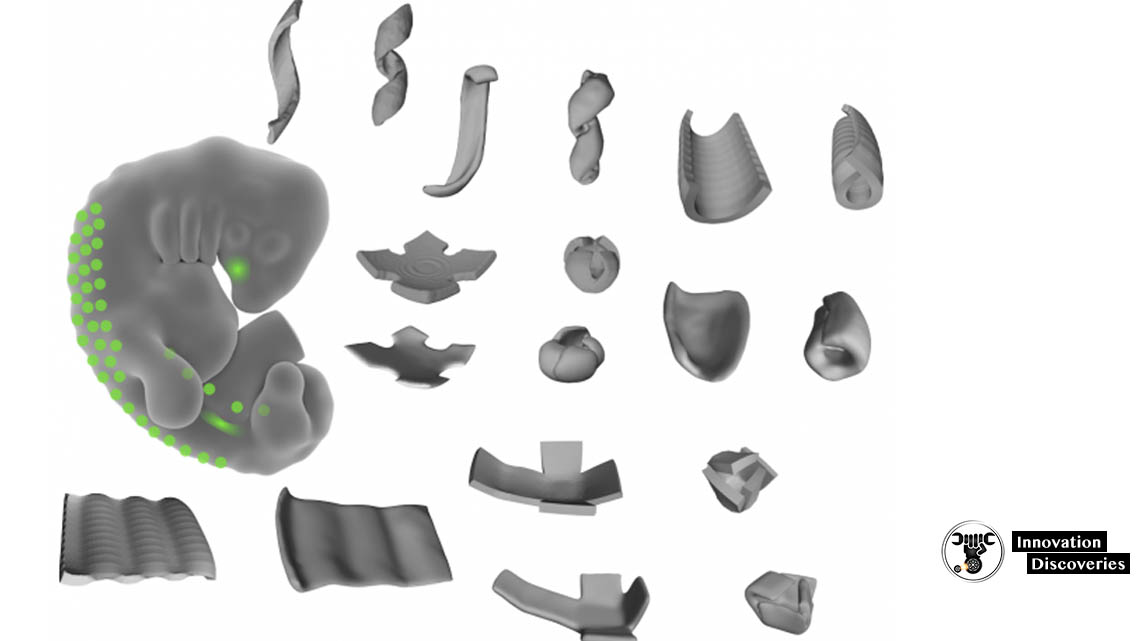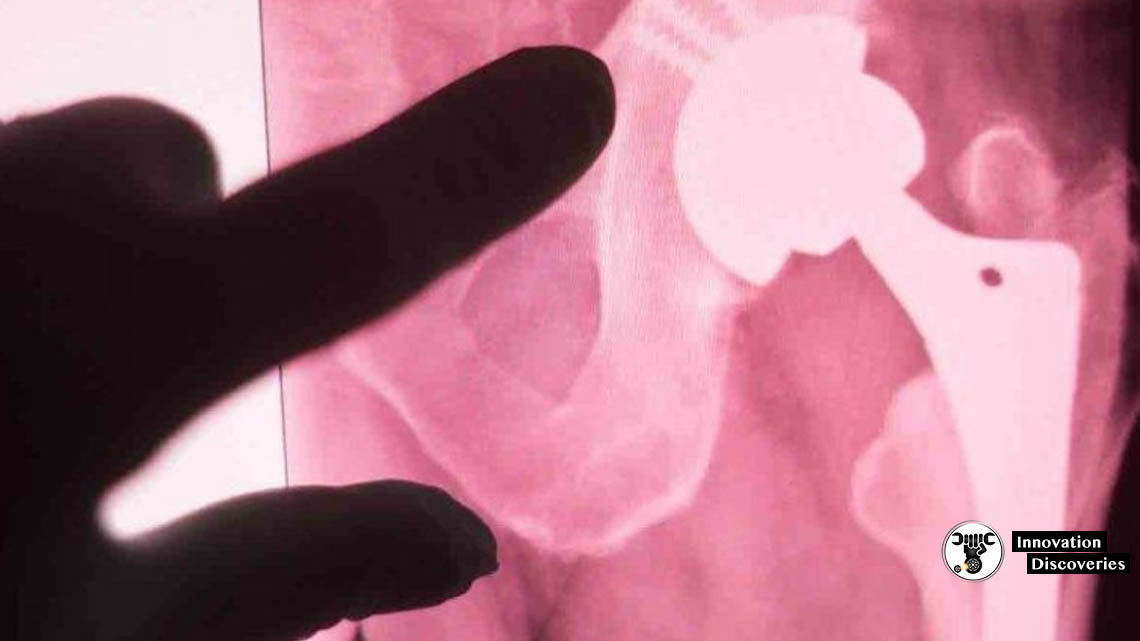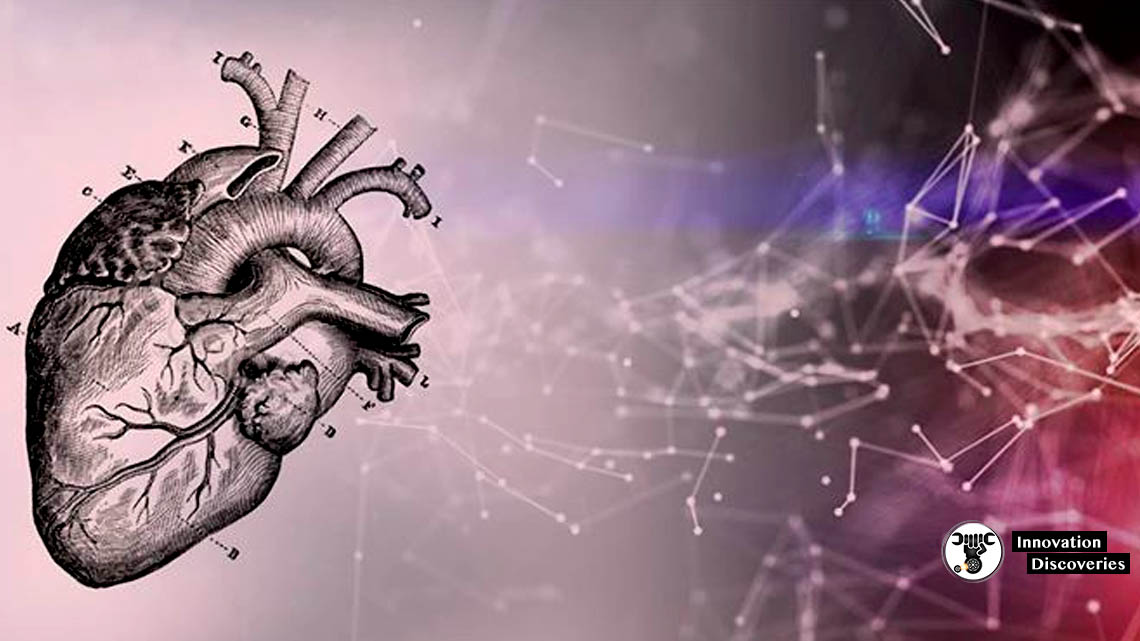
Bioengineers from the University of California, San Fransisco have discovered a way to make 3D shapes from living tissue. They manipulated active cells from both humans and mice and made them fold themselves in ways that occur during the natural development. In this case, the intrinsic ability of mechanically active cells to promote changes in tissue shape is a fantastic chassis for building complex and functional synthetic tissues. The researchers used a method known as DNA-programmed assembly of cells .

This is a unique method and is used in 3D cell-patterning technology. The team only built simple models to predict the behavior, development and folding patterns of these cells and tissues. This technology has a number of far-reaching applications and one day we might be using mechanical tools with biological origins. Making 3D shapes from living tissue could also be a huge step for soft robots as newer robots are incorporating more and more biological elements.





